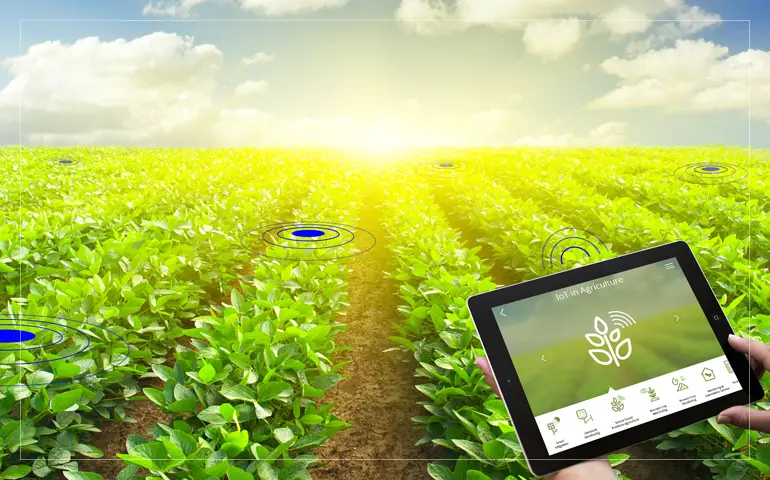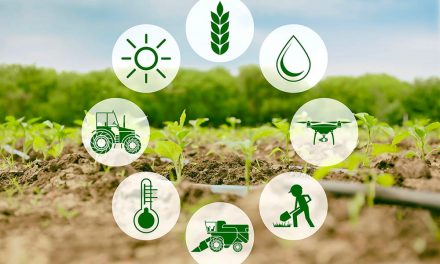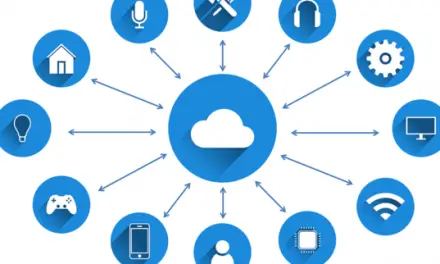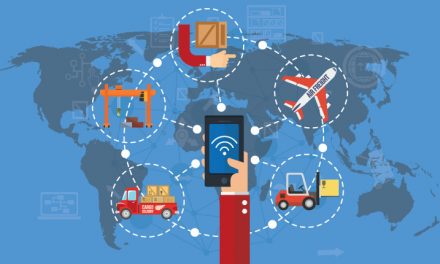IoT stands for Internet of Things and is a revolutionary new age technology. It is a system comprised of interconnected computer-driven devices which can collect and exchange data over a network. All this happens with minimal to zero human interaction. The crux of IoT is to digitally monitor and control various types of electronically, electrically or mechanically driven systems. The applications of IoT are so broad and diverse; literally in any industry. In this particular article we shall be discussing some of the IoT applications in agriculture. There is no ignoring this industry because over a hundred million devices under IoT systems in agriculture are being set set up.
Table of Contents
Smart Or Automated Greenhouses
Greenhouse farming is one of the most widely adopted farming methods globally. As much as it is a technical form of farming in most cases it is still characterised by lots of human interactions. IoT is coming in to automate most of the tasks and processes to a point where there is very limited human input. Greenhouse farming can get to a point where everything, such as, temperature control, humidity, and the like, is regulated automatically. Even other processes such as irrigation and lighting can be automated by the use of smart sensors. Essentially, readings picked up from the regulatory processes can inform the IoT system on when and how to rollout, for instance, irrigation or when to put the lighting on.
Livestock Monitoring And Management
The application of IoT here will entail again the use of sensors. Smart sensors can be attached to livestock to keep track of their real-time location, monitoring their vitals and observing their general behaviour. It is very possible to note and keep track of body temperature and feeding patterns all in real-time. Another way in which IoT can be applied here is through the use of drone technology. By using drones, real-time monitoring of livestock herds can be done. Even things like pest control can be done using drone technology where, for example, fumigation or any form of spraying can be done by drones.
Vertical Farming
This is a relatively new style of farming that is steadily gaining traction the world over. It is a type of farming whereby crops are grown in indoor environments. It is unique in that crops are grown in a controlled environment with, in most cases, no soil involved. The framework is so sensitive that it is regulated and run by a system of sensors with a dose of machine learning and artificial intelligence. The system can automatically analyse the environment to determine when to, for example, water, adjust temperature, adjust humidity and so on. Such systems have been proven to be so accurate that humans act upon recommendations made by the systems.
Crop Management
As you might have noticed, sensors are huge parts of IoT systems in agriculture. In crop management the concept is to place smart sensors in crop fields. These sensors can also be placed in storage units for post-harvest management of harvested crops. When they are still in the field, things like soil temperature, moisture levels, visual crop health status and the like can be monitored. Readings can then be availed to farm managers in order to inform them on appropriate courses of action to take. The presence of pests and crop diseases can be also detected early by smart sensors. Warning messages of such acute scenarios and other ones such as low soil moisture can even inform automated sprinklers to start irrigating instantly.
Agricultural Research And Development
IoT in agriculture can be setup for research and development purposes. The field of agricultural research, just like any research study, entails lots of data collection. An IoT system makes this faster, more accurate and more expansive. Ultimately a large and comprehensive pool of data can be collected effortlessly. Even further, data analytics can then be used to analyse and draw insights from the collected data. This is especially vital for research studies that are long term e.g. studying livestock from birth to maturity.
Climate Monitoring
Any farming endeavour is heavily dependent on the climatic conditions. The only exception is when controlled farming such as greenhouse farming or vertical farming is being practised. Anyways, smart devices or instruments that can pick up weather readings such as temperature, humidity, wind speeds and the like can be setup at a farm. Readings can be archived and analysed over time to map out what climate is like. Such data can then be used to determine the right crops to grow or the right livestock to rear at given periods of time.
Holistic Farming Business Management
This is an elaborate application of IoT in agriculture. Imagine a scenario where there are several smart sensors all around a farm, like from the applications we discussed earlier. Then the collected data is put together into a centralized database system. The system will be designed in such a way that it can synthesize all the data and condense it into actionable decisions. This can be a system that is integrated to, for instance, the procurement, accounting and monitoring and evaluation components of your farming business. All in all, you will be having a system that can recommend courses of action to take regarding anything pertaining to your farming operations. Imagine the possibility of having a system than automatically inform you that a pest has been detected in the maize field and you must purchase a certain pesticide. This is possible by having an IoT application in agriculture from a holistic perspective.
Most people are heavily opposed to the idea of IoT in agriculture. They feel it will lead to job losses due to automation and the preference for systems that can do things many times better than humans. However, a perfect co-existence can be struck between IoT systems and humans in agriculture. The result can actually be humans getting to do their tasks more effectively and efficiently.





